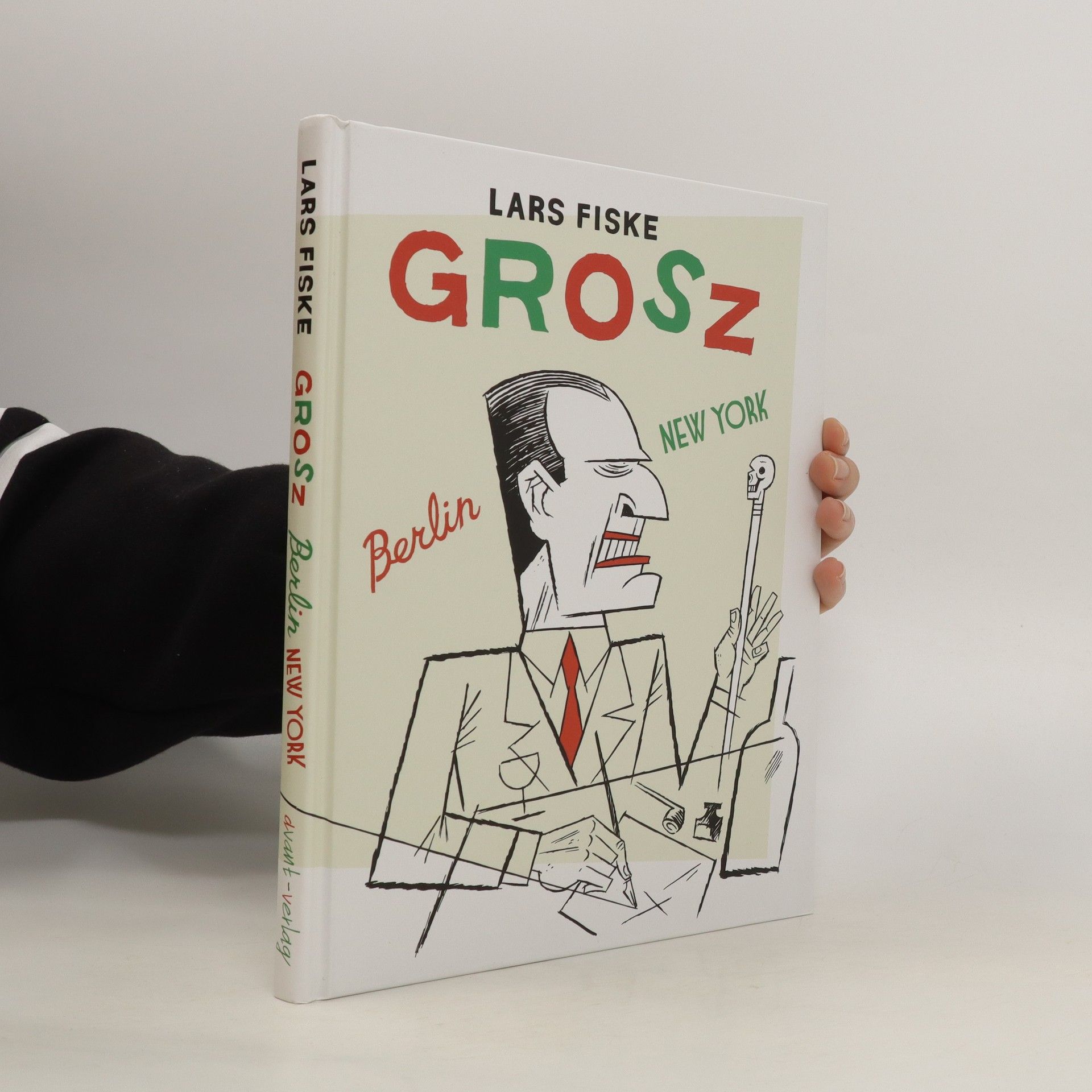Nach Olaf Gulbransson und Kurt Schwitters ist Grosz die lang erwartete dritte Künstlerbiografie des norwegischen Autors Lars Fiske. George Grosz (1893–1959) war deutscher Dada-Künstler und Vertreter der Bewegung der Neuen Sachlichkeit. In dieser grafischen Biografie zeigen kantige Linien ein Leben im Berlin der 20er Jahre und lassen eine einzigartige Dynamik entstehen. Zwei Farben begleiten die Erzählung: Rot für Berlin, für Strenge und Ordnung, Grün für Jazz und den Rhythmus New Yorks, wo Grosz sein Exil verbrachte. Fiskes nachdenklicher Grosz ist weit entfernt von anderen Künstlerbiografien, ob in grafischer oder in Schriftform. Es ist ein Kunstwerk für sich.
Lars Fiske Knihy
